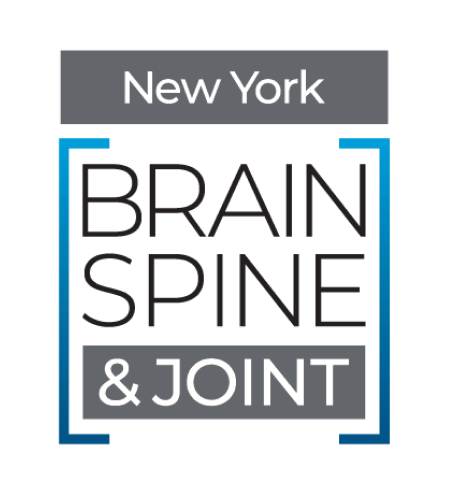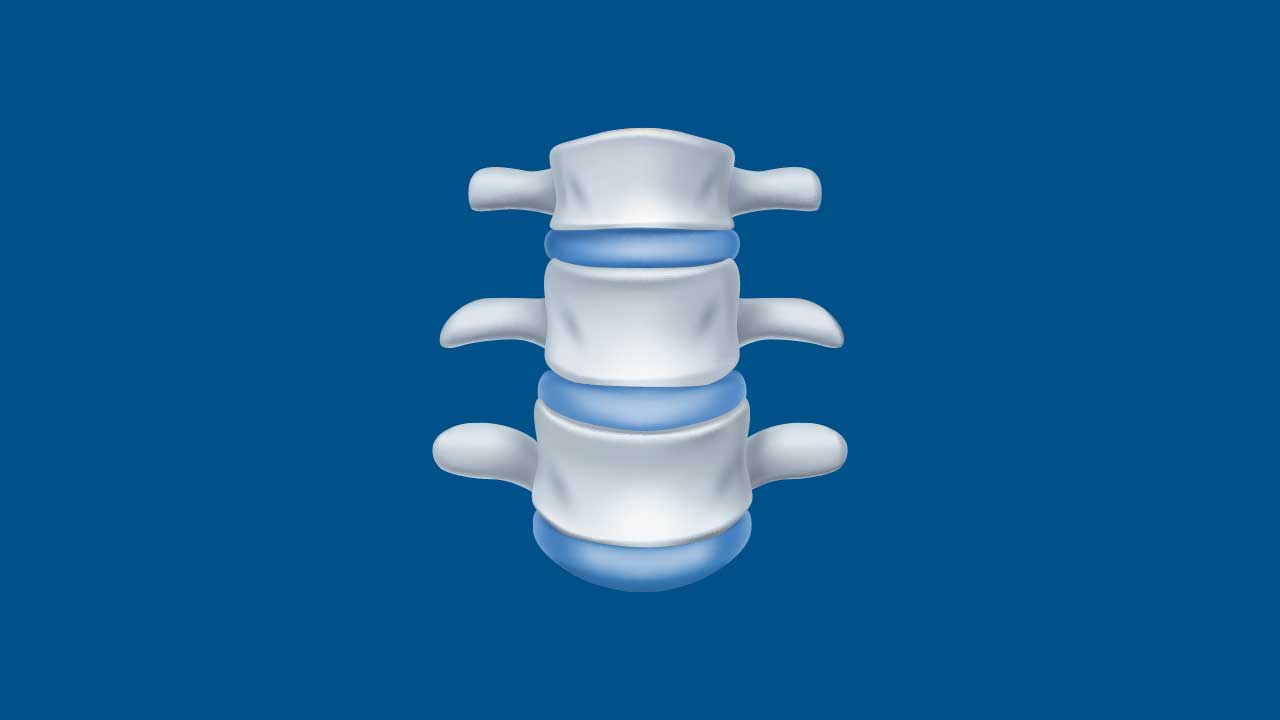Acoustic Neuroma
Acoustic Neuroma: Understanding, Diagnosing, and Treating a Benign Inner Ear Tumor
An acoustic neuroma (also known as a vestibular schwannoma) is a non-cancerous tumor that develops on the vestibulocochlear nerve (cranial nerve VIII), which is responsible for hearing and balance. Although benign, an acoustic neuroma can grow and press on adjacent structures, potentially leading to hearing loss, imbalance, and other neurological complications.
Understanding the Inner Ear and Acoustic Neuroma
The vestibulocochlear nerve connects the inner ear to the brain. It has two primary components:
- Cochlear Nerve: Transmits sound signals.
- Vestibular Nerve: Relays information about balance and spatial orientation.
An acoustic neuroma typically arises from Schwann cells in the vestibular portion of this nerve, leading to slow-growing tumors. If left untreated, large tumors can push against the brainstem or other cranial nerves, causing significant issues.
Causes and Risk Factors
- Genetic Factors
Some acoustic neuromas occur sporadically, while others are linked to a genetic condition called Neurofibromatosis Type 2 (NF2). - Radiation Exposure
Rarely, exposure to high-dose radiation near the head or neck can predispose individuals to tumor formation. - Age
Most diagnoses occur in adults between 30 and 60 years old, although acoustic neuromas can develop at any age.
Common Symptoms
- Gradual Hearing Loss: Often on one side (unilateral).
- Tinnitus (Ringing in the Ear): Persistent or intermittent ringing or buzzing.
- Balance Problems: Dizziness, unsteadiness, or vertigo.
- Facial Numbness or Weakness (in advanced cases): If the tumor exerts pressure on adjacent cranial nerves.
Diagnosing an Acoustic Neuroma
- Hearing Tests (Audiometry)
Evaluates hearing acuity and identifies asymmetrical hearing loss. - MRI with Contrast
The gold standard for detecting and assessing the size of an acoustic neuroma. - CT Scan
May be used when MRI is not feasible, though it is less sensitive in identifying small tumors.
Treatment Options
- Observation (Watchful Waiting)
For small, slow-growing tumors with mild symptoms, regular imaging and hearing tests might suffice. - Microsurgical Removal
Surgical resection can remove part or all of the tumor, potentially preserving hearing and nerve function. - Stereotactic Radiosurgery (e.g., Gamma Knife®)
Delivers targeted radiation to halt tumor growth without extensive surgery. - Combination Approaches
Sometimes surgery followed by radiosurgery is recommended to manage residual tumor or minimize recurrence.
Recovery and Long-Term Outlook
- Rehabilitation: Physical therapy and vestibular rehabilitation can help restore balance.
- Hearing Support: Devices or implants may improve hearing if acoustic neuroma results in significant hearing loss.
- Follow-Up Imaging: Periodic MRIs ensure early detection of tumor regrowth or progression.
Our Multi-Disciplinary Approach in NYC
At our multi-location, multi-disciplinary medical practice in the New York City metro area, neurosurgeons, ENT specialists, and audiologists collaborate to diagnose and treat acoustic neuromas. We employ advanced diagnostic imaging, microsurgical techniques, and radiosurgery options to provide personalized, cutting-edge care. Patients from New York state, across the U.S., and worldwide benefit from our coordinated, patient-centered approach.
Additional Resources
- National Institute on Deafness and Other Communication Disorders (NIDCD)
- MedlinePlus: Acoustic Neuroma
Conclusion
Although an acoustic neuroma is benign, its location can significantly affect hearing and balance. Prompt evaluation and an individualized treatment strategy can help preserve neural function and quality of life. Our specialized team is here to guide you from diagnosis through treatment and rehabilitation.
Disclaimer: This article is for informational purposes and should not replace professional medical advice. Consult with a healthcare professional for an accurate diagnosis and personalized treatment plan.














